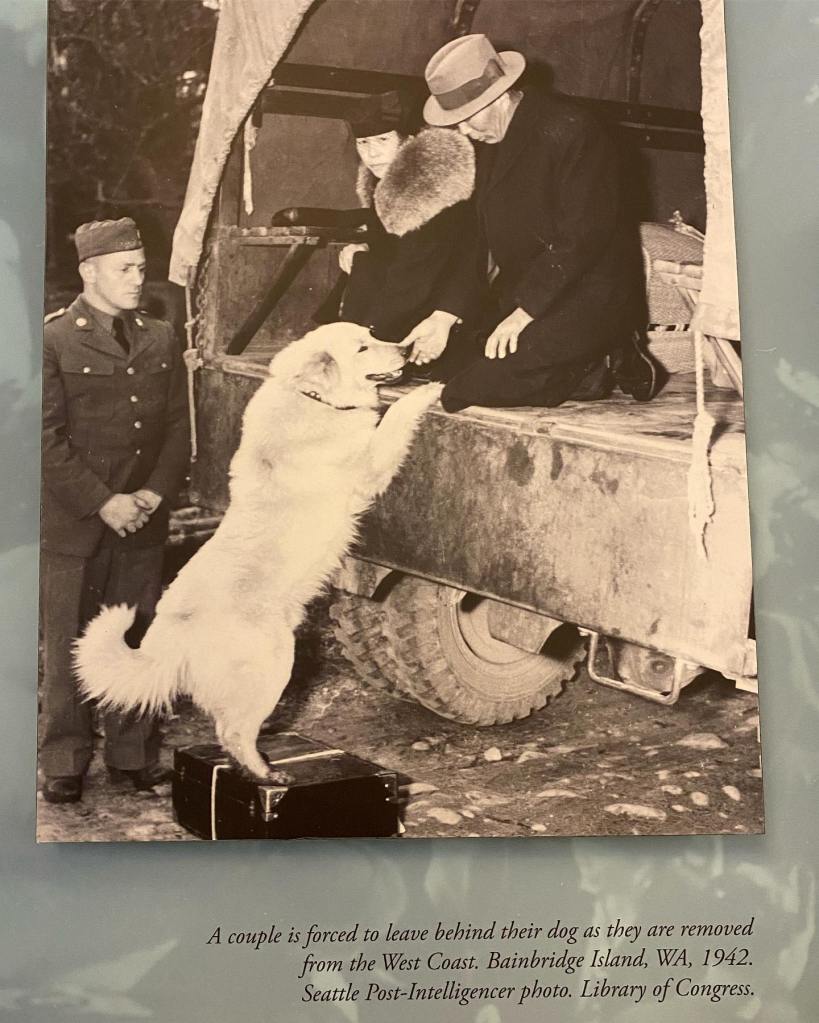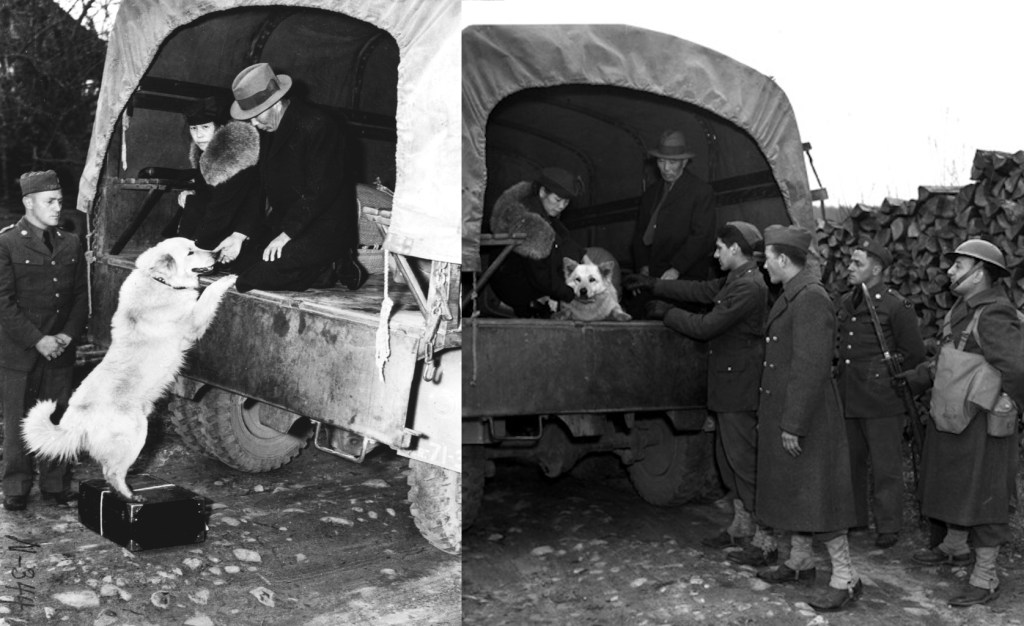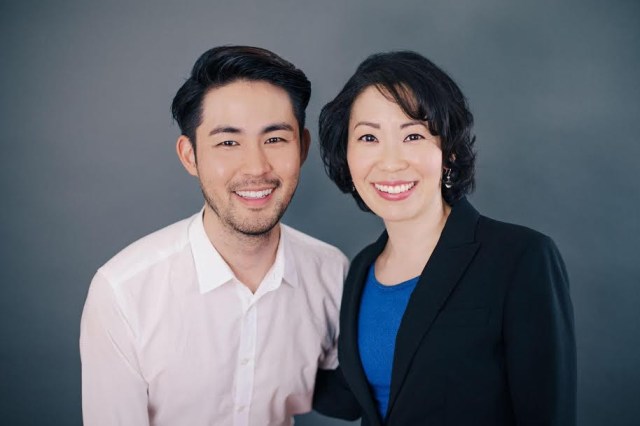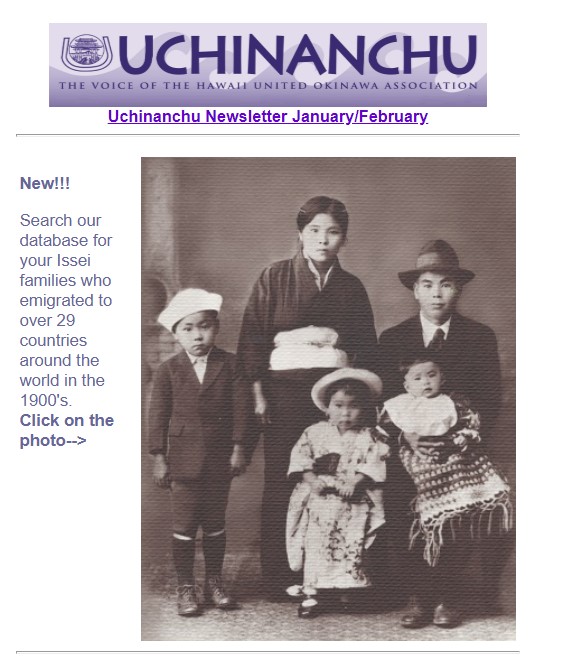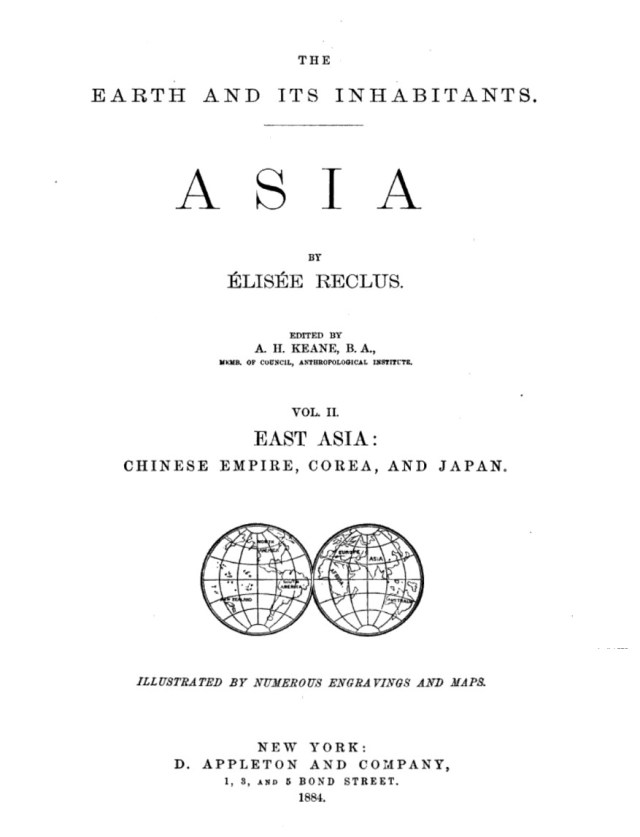Marla Miyashiro says:
August 5, 2019 at 8:24 pm
My maternal grandmother’s last name was Za. She was reportedly from a place called Zyasu, somewhere near Tomigusuku in Okinawa. Could Za be a variant of Zaha, which you have on the list? My grandmother emigrated to Oahu in the early 1900s, and unfortunately we don’t know how Za was written in kanji.
__________________________________________________________
Response from Jim (8/5/19 at 10:50 pm):
Hi, Marla. The only kanji for Za that I could find is 座 (hiragana ざ). Possible Romaji pronunciations Za, Jōyō, Jwa. I’ll add Za to our list of Okinawan surnames and hope that someone will have more information for you. I’ll also publish this as an article for greater visibility. Please keep me updated if you learn anything new. -Jim
__________________________________________________________
Marla Miyashiro says:
August 5, 2019 at 11:12 pm
Thanks a lot, Jim! My mom once told me that my grandmother pronounced it more like “Zha,” as in Zsa Zsa Gabor’s name, but an aunt said it could also be pronounced “Ja.” So, it’s a mystery. I also wonder if Zyasu is the correct place name, since I couldn’t find it on a map. Maybe it was destroyed during the war.


